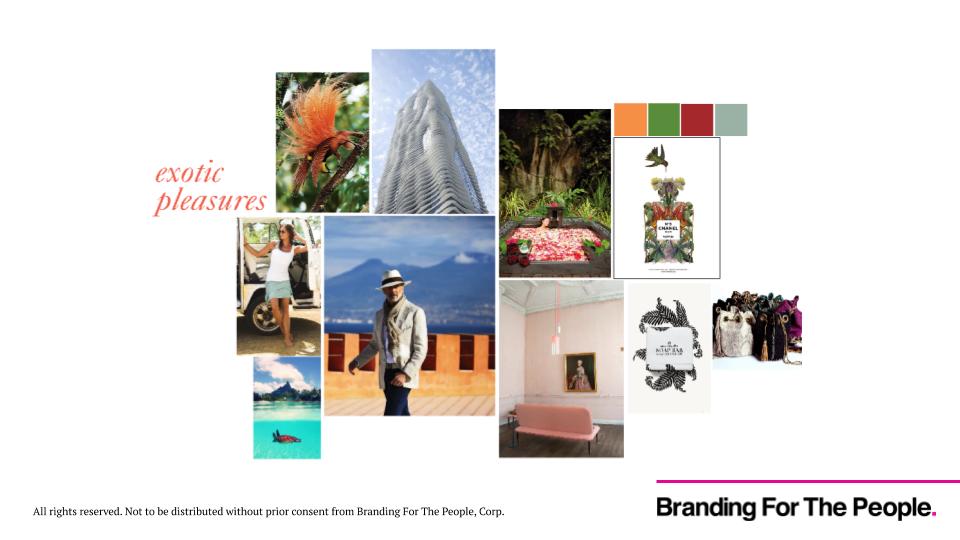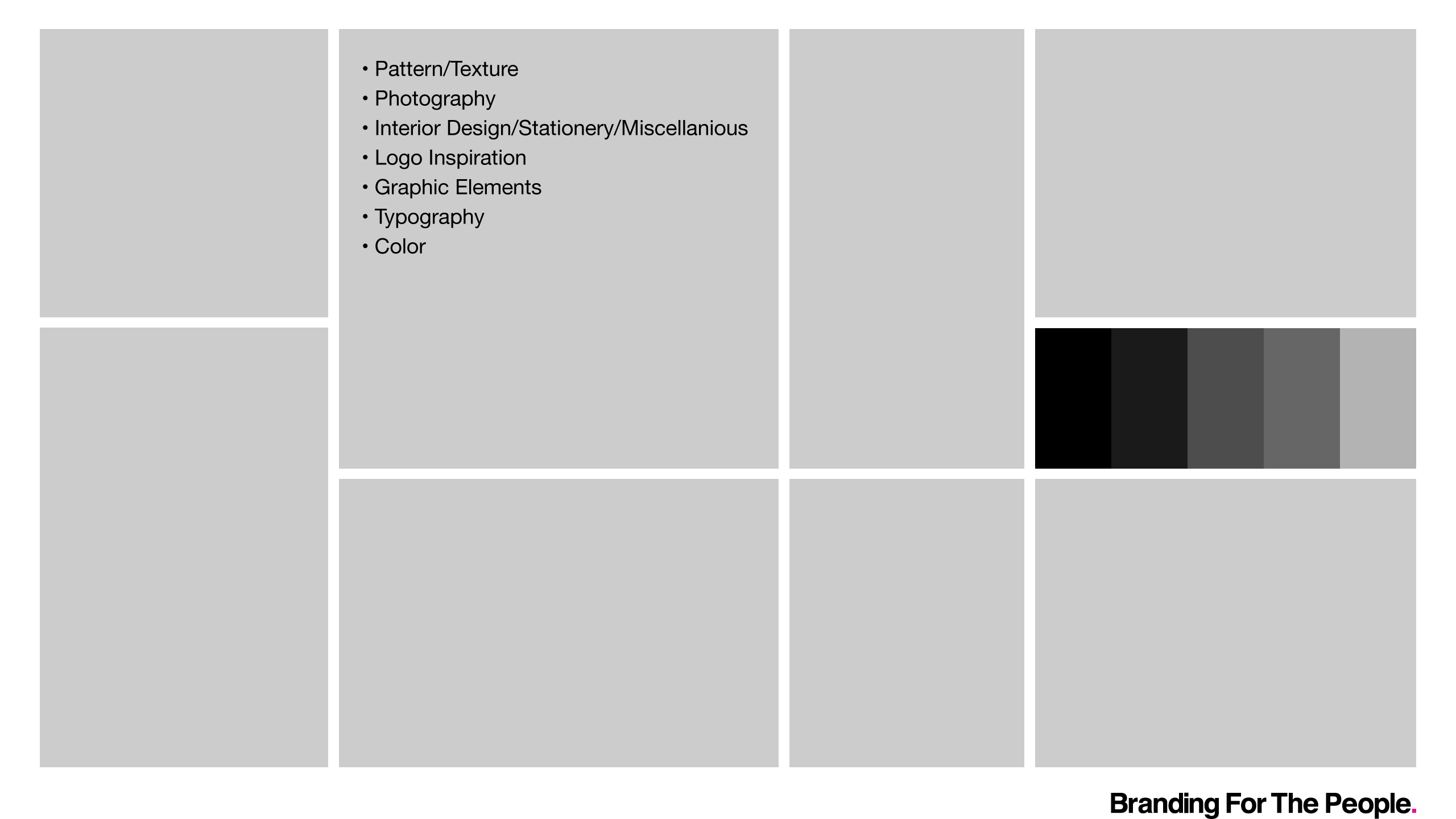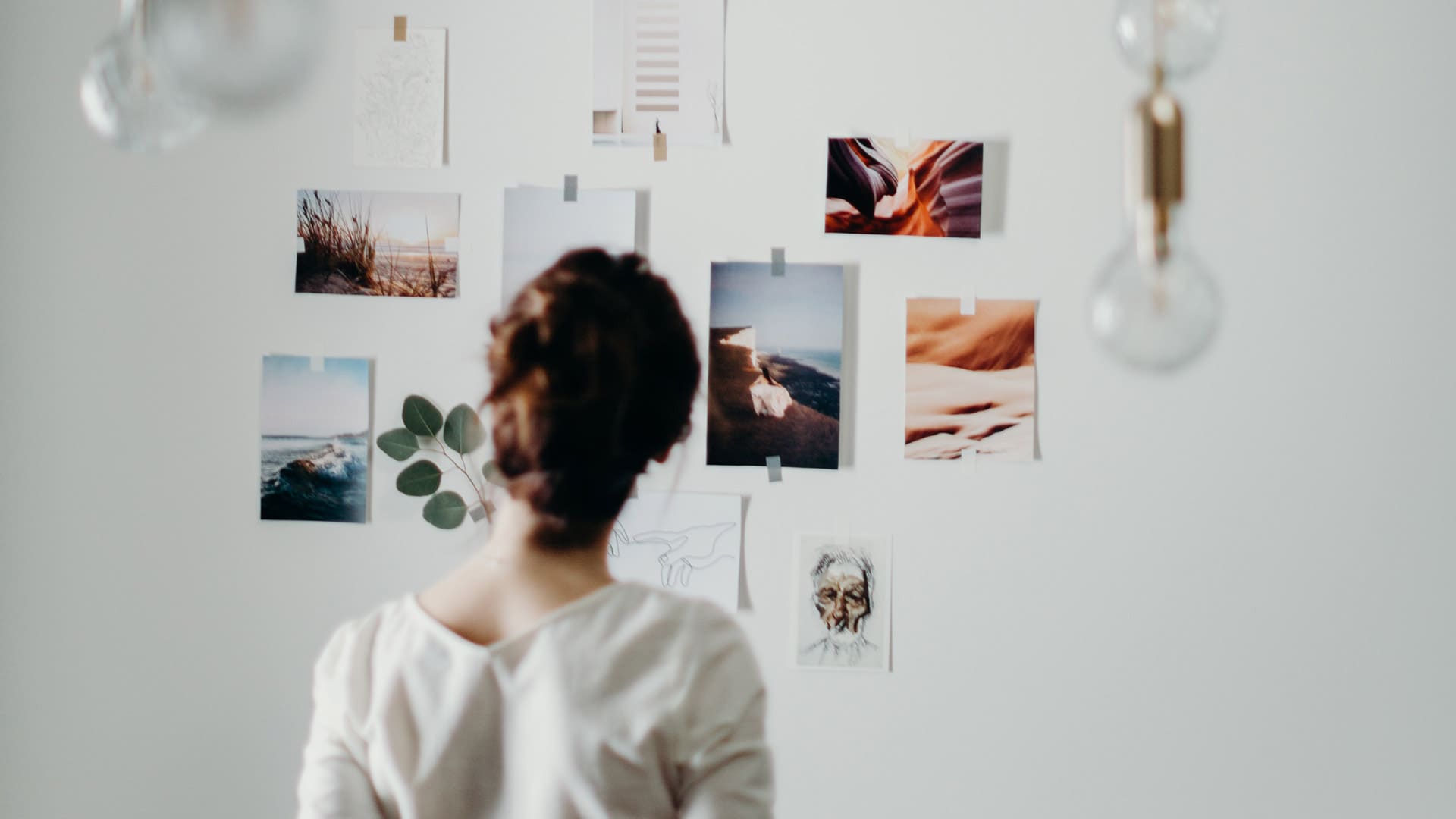Before learning how to make a mood board, what are they and when should you make one?
What is a mood board?
A mood board is a collection of images, fonts, patterns, textures and colors. It literally defines the “mood’ of a brand, and is a necessary component of brand building that happens after the brand’s strategy is created, and before the visual identity is created.
A mood board is literally a bridge between the concepts and creation of a brand.
Picture this: A client wants a brand that is luxurious! As a designer, it is your job to translate that desired perception into visuals. However, you’ve got a problem! Every person defines “luxury” a little differently. It could be a “limited edition” kind of luxury, or an “exotic” kind of luxury, or even a “seductive kind of luxury.
Take a look at each of the following examples to help illustrate our point…
This is “Limited Edition Luxury”

This is “Exotic Pleasures Luxury”

This is “Seductive Luxury”

When should you make a mood board?
The basic premise behind a mood board is that it must communicate ONE mood, not many. The goal is to embody the brand’s desired perception, visually. To do this effectively, a brander will usually present several mood board options (like the above) once that have gotten the client to describe exactly how they want the brand to be perceived. Once the client has committed, you can then translate what they have told you verbally, into something visually, so that you don’t end up with a visual identity or logo design that is the wrong kind of luxury, or something of that nature.
How to make a mood board:
Creating a mood board should be a fun, free-flowing exercise. It is a time to let your creativity run wild, and “curate” pieces of inspiration that you resonate with. You will likely be spending most of your time using the internet, although technically print magazines and other physical media can work too.
Research your favorite brands and publishers to find photos, patterns, and fonts that communicate the specific mood that embodies your brand.
Remember the mood board examples from earlier in this post? Review these mood boards and note the different images used. This should give you an idea of different approaches to creating a mood board.
If you are looking for a layout to use for your mood board design, try the template below!

So, now that you’ve got a handle on the basics, how are you going to create yours? Here are some simple tools that people use every day in mood board creation:
Certainly not the best tool for creating a mood board, but definitely the most popular for casual use. Pinterest allows for lots of browsing and inspiration across other user’s accounts.
Go Moodboard
One of the simplest and easiest to use mood board creators and cloud based systems out there, it comes with ready-made templates and sleek design suitable for any beginner.
Mural.co
One of the higher end “white board” alternatives out there, it also has great capabilities around image based collaborative sharing, although it might be a bit too much for the casual user, it is great if you are a creative services provider. This used to be known as Murally.
Sample Board
Yet another pay-to-play option, this service’s ready made mood board selection is vast, and customizable.
Now that you are all set with basic instructions and tools you need to create your mood board, it is time to start creating!
If you want to learn more about mood boards, check out these videos on the topic.
Or, want to brush up on core branding skills like creating a mood board? Check out the Branding Fundamentals section of our blog.







